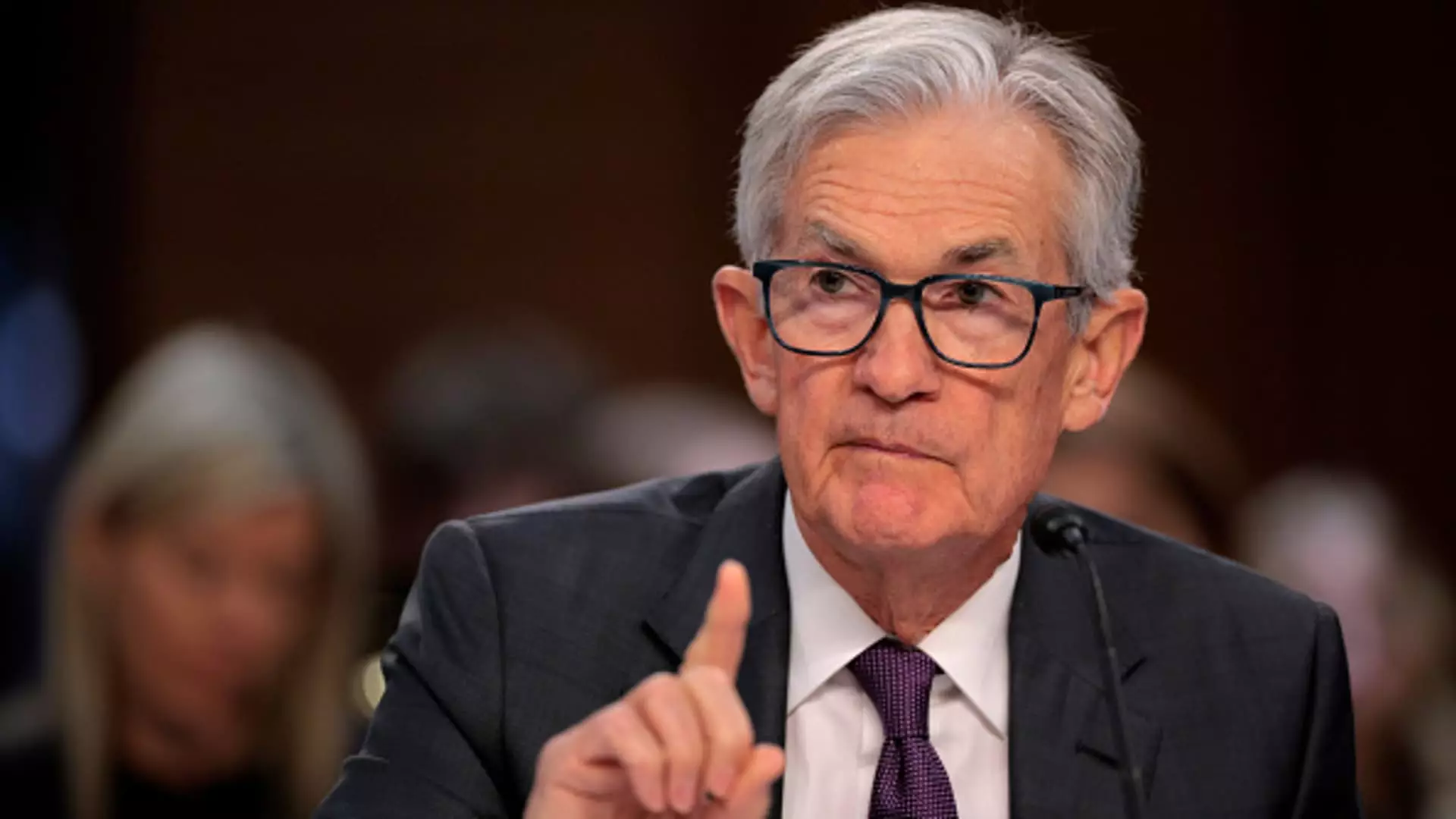In January 2024, the Federal Reserve (Fed) officials engaged in critical discussions that highlighted their cautious stance regarding future interest rate adjustments. These discussions were underpinned by the highlighted need for inflation to ease more considerably before the Fed would consider lowering interest rates. The meeting minutes from that session, released mid-week, showcased a unanimous decision by the Federal Open Market Committee (FOMC) to maintain their key policy interest rate steady after a series of downward adjustments that had cumulatively reduced the rate by one full percentage point. This decision illustrates the Fed’s positioning in response to an ever-evolving economic environment characterized by several uncertainties.
Tariffs and Their Consequences
An important theme emerging from the FOMC meeting was the apprehension surrounding the potential impact of President Trump’s tariffs on inflation rates. Currently, the president’s administration has already introduced some tariffs and expressed intentions to escalate these measures, threatening to impose hefty duties on various sectors, including automobiles and pharmaceuticals. This potential escalation raises significant concerns in relation to inflationary pressures, particularly as escalating tariffs could harm supply chains and ultimately lead to increased prices for consumers. The crux of the Fed’s worry is that sustained inflation above their 2% target could necessitate further policy interventions, disrupting the progress they have made toward stabilizing the economy.
The FOMC members emphasized that current monetary policy is far less restrictive than it was prior to the recent cuts, which provides them with valuable time to evaluate the evolving economic landscape. Most committee members indicated that as long as the economy continues to operate near its maximum employment capacity, they are inclined to await additional evidence of progress vis-à-vis inflation before adjusting the federal funds rate. This indicates a pragmatic approach to policy formulation, allowing flexibility while remaining vigilant of external factors that might sway economic performance.
The FOMC’s analysis underscored concerns regarding trade and immigration policy changes posing upside risks to the inflation outlook, alongside persistent consumer demand. The delicate balance between understanding the short-term implications of current tariff policies and recognizing potential long-term economic benefits from easing regulations and tax reforms became evident in the minutes.
The latest indicators regarding inflation present a complex picture. While consumer prices experienced an unexpected rise in January, wholesale prices appeared to suggest softer inflation pressures. These mixed signals complicate the Fed’s decision-making process as they weigh the implications of Trump’s tariff policies alongside broader economic conditions. Fed Chair Jerome Powell, generally cautious in his statements, has refrained from speculating on the direct effects that these tariffs may exert on monetary policy. Conversely, some Fed officials have voiced concerns that these fiscal policy shifts could lead to a delay in potential rate cuts, further complicating fiscal projections.
Despite the ongoing challenges, there remains a thread of optimism among some Fed members regarding the economic outlook. The potential for relaxing government regulations and adjusting tax policies has sparked conversations about possible economic expansion. Most economists share the sentiment that escalating tariffs may result in inflation that complicates Fed actions further, making it necessary to distinguish between one-time price increases and those that cultivate a longer-term inflationary trend.
Future Implications and Market Reactions
Looking ahead, market expectations have begun to anticipate further rate reductions perhaps by mid-2024. The Fed’s current target for the overnight borrowing rate is set between 4.25% and 4.5%, which reflects an environment where careful monitoring of both inflation and employment will remain pivotal. The necessity for Fed officials to remain agile in their response to potential shifts in fiscal policy and external economic pressures has never been greater. The interplay of tariffs, inflation, and Fed policy will be crucial in shaping the economic landscape in the coming months, providing a compelling narrative for analysts, policymakers, and the public alike.
The Fed remains at a critical juncture, needing to navigate an array of complex and interrelated economic factors while continuing to aim for a stable and thriving economy.

